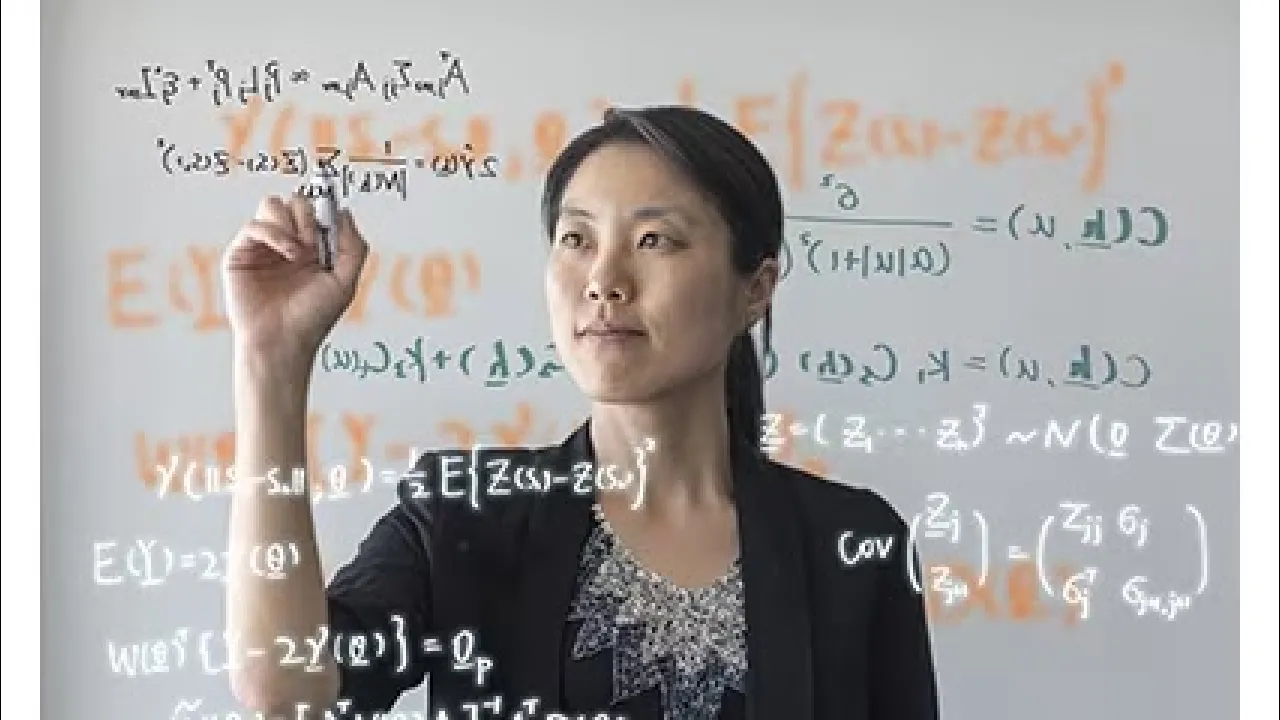
Making data more accessible
Ying Sun is a multi-award-winning statistician who is inspired by the value of statistics in solving real-world problems.
About
The rise in awareness of global challenges has led to an increasing need for ways to measure and monitor environmental variables. Now KAUST is celebrating a prestigious award for one of its rising researchers in the area of environmental statistics.
Ying Sun is a multi-award-winning statistician who is inspired by the value of statistics in solving real-world problems. Her statistical modeling of large and complex space-time datasets is used for detecting ozone hot spots and predicting rainfall patterns, and her development of novel data visualization tools helps researchers interpret data more easily and has application from ecology and medicine to biometrics and finance.
Sun’s recent work on computational efficiency, innovative visualization techniques and estimation methodologies was awarded the prestigious 2017 ENVR Early Investigator Award by the American Statistical Association’s Section on Statistics and the Environment at a ceremony in Baltimore in July 2017.
“I was honored to receive this award in recognition of my contributions to environmental statistics,” says Sun, an assistant professor of statistics at KAUST. “And I'm thankful to my colleagues who supported me over the years and for everybody in my research group who have brought energy and enthusiasm to our work at KAUST.”
Sun’s work shines bright internationally. She has previously received best paper awards from the American Statistical Association and the Transportation Research Board National Academies, and last year she received an award rarely given to assistant professors—the 2016 Abdel El-Shaarawi Young Researcher Award from the International Environmetrics Society for her contributions to environmental statistics.
Originally from Shandong in China, Sun attended Tsinghua University in Beijing, where she received a Master’s degree in applied mathematics and then pursued a Ph.D. in statistics at Texas A&M University in the United States.
“I studied applied mathematics and computational science for my degrees but lacked statistics—especially the data-driven aspect, which is my favorite area—so I decided to pursue my doctorate degree in statistics,” she explains. “I joined the Texas A&M University because the statistics program focused on both methodological and practical applications.”
Read the full article
